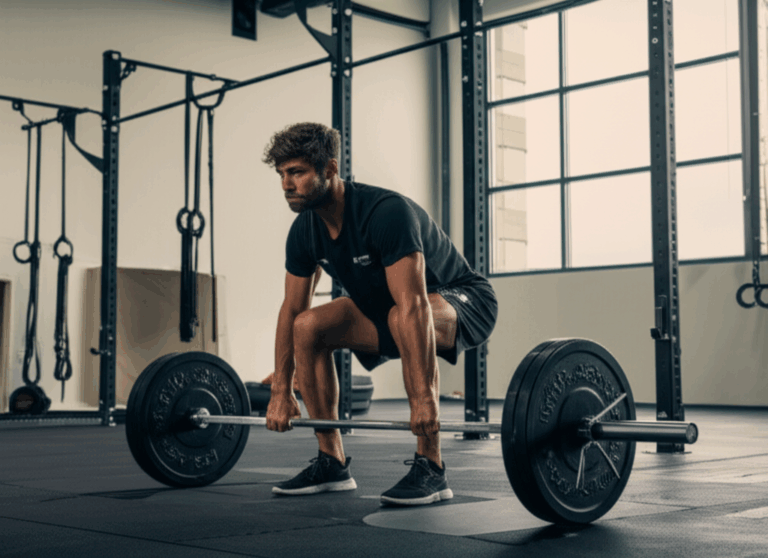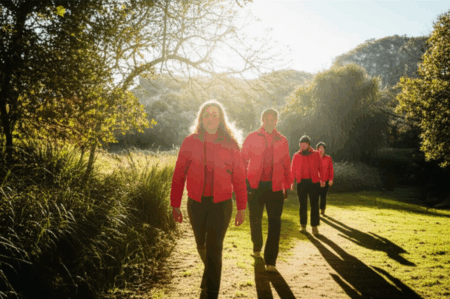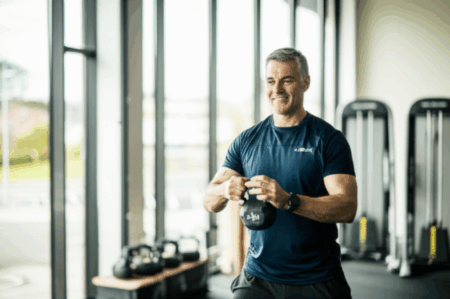In the high-octane world of IndyCar racing, where physical and mental endurance are paramount, reigning Indy 500 champion Alex Palou, 28, defies conventional athletic wisdom. While many elite athletes embrace long-distance running for cardiovascular fitness, Palou openly admits his dislike for it. Instead, the Spanish driver credits a “hybrid CrossFit” regimen and specific recovery practices for his sustained success and ability to stay race-ready.
Palou’s approach underscores a growing trend in professional sports: tailoring training to the unique demands of the discipline and an individual’s preferences, rather than adhering strictly to traditional methods. For a driver who has clinched four NTT INDYCAR SERIES championships, including back-to-back-to-back titles in 2023, 2024, and 2025, and the 2025 Indianapolis 500, his strategy clearly delivers results.
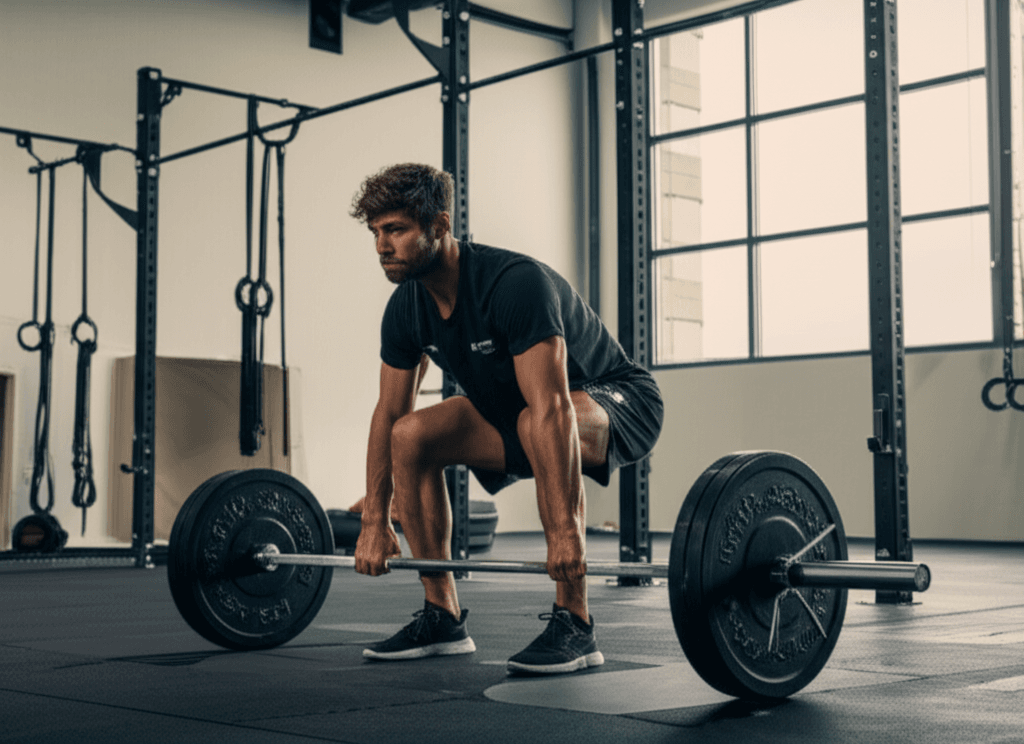
Palou’s Training Philosophy: Hybrid CrossFit and Race-Specific Focus
Palou’s training regimen is a departure from generic fitness routines. He works with his personal trainer, Scott Salcedo, for approximately 90 minutes daily, five times a week when not during a race week. He describes his workout as a “hybrid CrossFit” that avoids excessive bulk, which would be detrimental in the cockpit of an IndyCar.
Avoiding the Bulk: Why Weight Matters in Racing
Unlike athletes in sports where mass can be an advantage, IndyCar drivers must maintain a lean physique. Palou emphasizes that he cannot “gain a ton of weight that it’s not useful for the car.” This careful balance ensures he remains agile and fits perfectly within the snug confines of his No. 10 Chip Ganassi Racing Honda.
Core Components of His Training
Palou’s hybrid CrossFit focuses on movements and exercises that directly benefit his performance in the race car. Key areas of concentration include:
- Neck Training: Crucial for enduring the immense G-forces experienced during turns and braking.
- Shoulders: Essential for steering input and maintaining control over long stints.
- Lower Back: Provides stability and support for sustained periods in a seated position.
- Grip Work: Important for maintaining a firm hold on the steering wheel, especially during demanding races.
He combines CrossFit elements with “normal weights” and a significant amount of “neck trainings for driving purposes.”
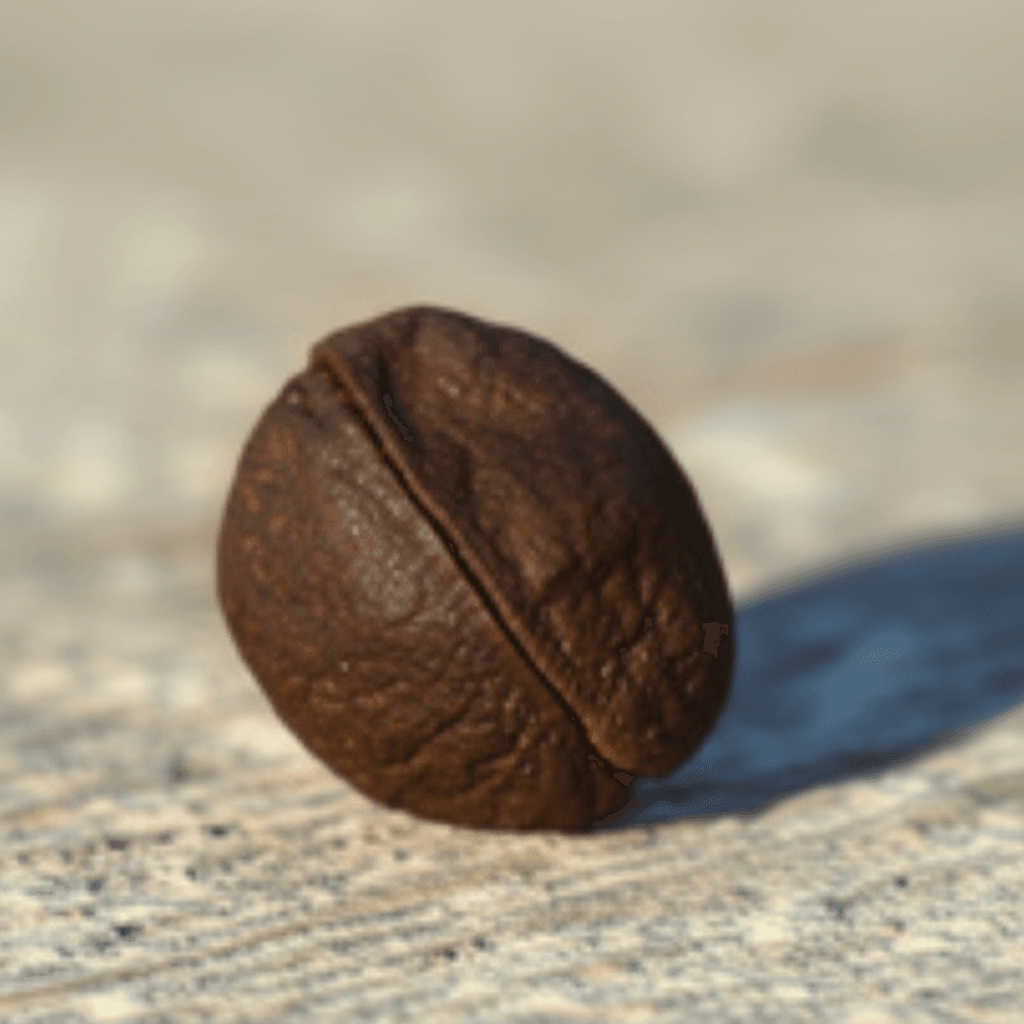
The Cardio Conundrum: Running (Reluctantly) and Past Injuries
Despite his aversion to running, Palou acknowledges its necessity for cardiovascular fitness. He states, “I don’t really enjoy [cardio], but we have to do it.” His cardio of choice, by necessity, is running.
Interestingly, Palou previously enjoyed mountain biking for cardio but gave it up due to a collarbone injury sustained “eight years ago.” He deemed the risk too high for his racing career, prioritizing safety over personal enjoyment in his cardio selection. He also experimented with swimming but quickly found it more challenging than relaxing, comparing it to “running, but in a pool” where “you can’t slow down, otherwise you sink.”
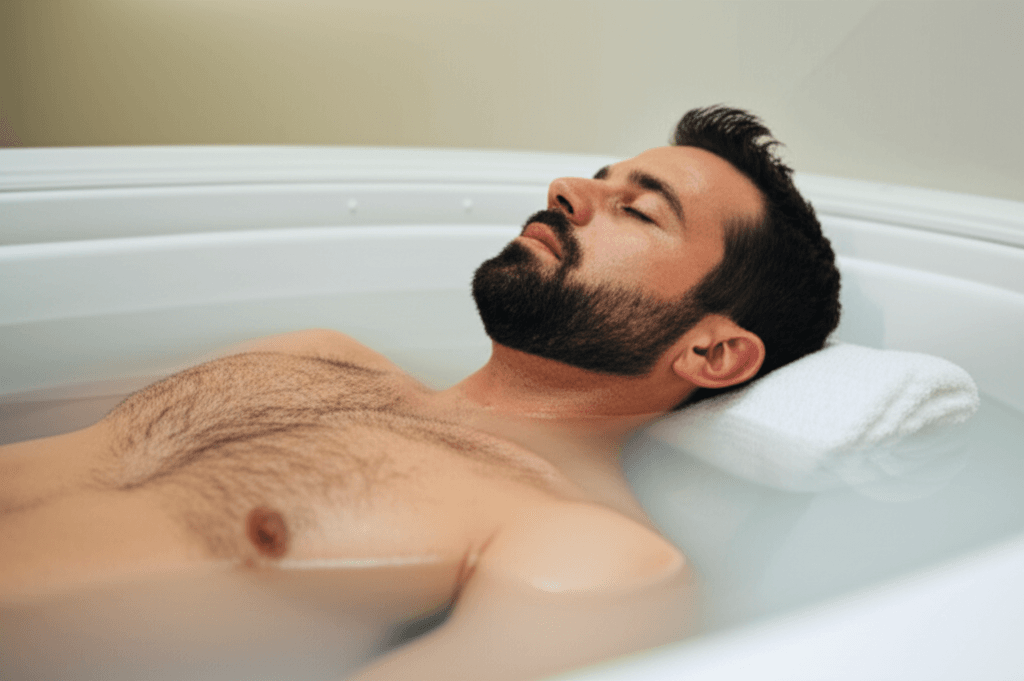
Recovery Methods: Beyond the Track
Even with his demanding schedule, Palou prioritizes recovery, understanding that it’s as vital as the training itself for peak performance. While he “shies away from much recovery work” outside of end-of-season muscle aches, he does incorporate specific methods during the long season.
Massage Therapy
Palou incorporates massage therapy during long stretches of the racing season to address posterior muscle aches, particularly in his neck, shoulders, and lower back — the areas most strained by racing.
The Importance of Sleep and Mental Recovery
Beyond physical treatments, Palou recognizes the mental toll of racing. He ensures he gets adequate rest, especially during breaks in the intense IndyCar schedule. After big races like the Indy 500, he looks forward to going home to “relax, get some sleep, recover, and start building again.” He also actively works on enhancing his mental acuity, which he considers crucial for making split-second decisions at high speeds.

Consistency is Key
Palou’s consistent and regimented workout routines are a cornerstone of his success. He emphasizes the importance of sticking to his established regimen to feel good and perform optimally on race weekends. Any unsuccessful experimentation, he notes, can have a negative mental effect on his performance. This dedication to a tailored, consistent routine, combined with his strategic recovery, allows Alex Palou to remain at the pinnacle of IndyCar racing.




